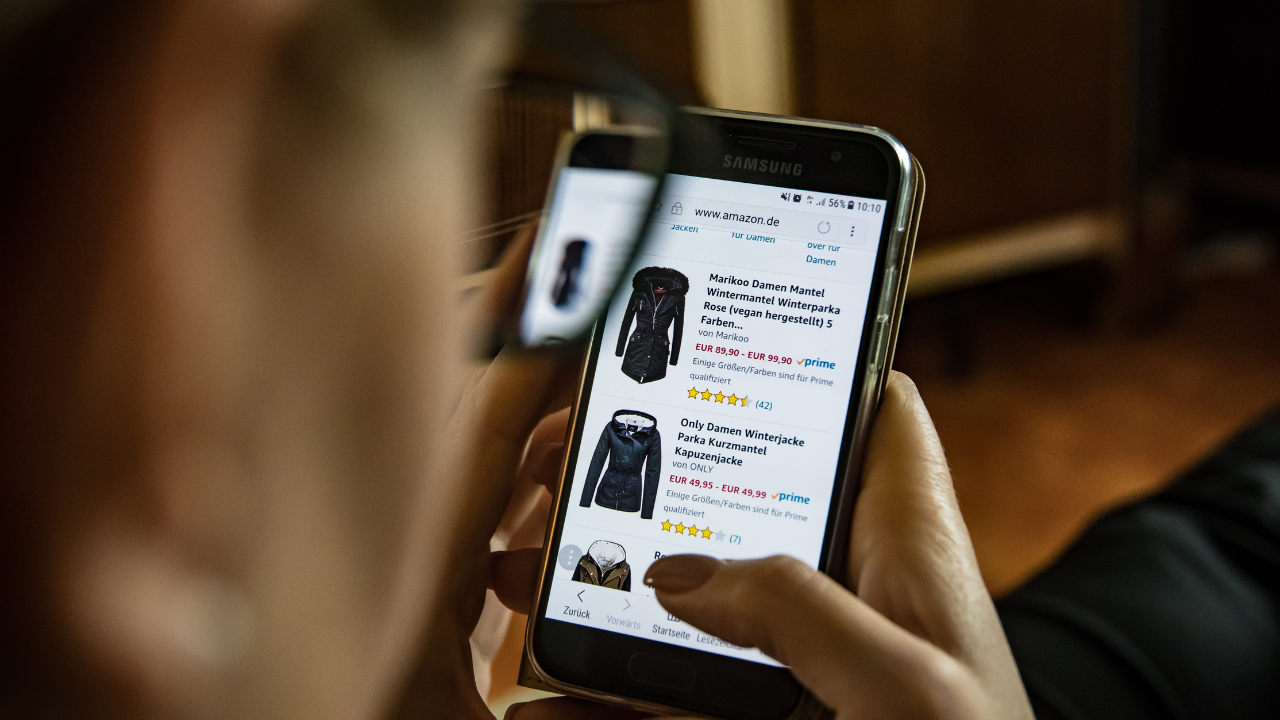ecommerce_
Ever since Amazon arrived on the Internet scene in the mid-nineties, globally, we’ve witnessed the undeniable demise of the high street (well, at least in the ‘traditional’ sense, anyway), and the meteoric growth of the ecommerce industry.
This growth has led to ecommerce start-ups popping up all over the place, and a bunch of micro-trends within the wider ecommerce macro-economic space.
Whether that’s the “uberisation” of your local takeaway store, i.e. Deliveroo, the “marketplacisation” of the local hand-made card creator (aka Etsy), or a “pre-loved” marketplace for children’s clothing (such as Stephanie Affleck’s ‘Little Fashion House,’ for instance), the transition from in-store purchases to online is once again, undeniable.
And then, COVID-19 came along. Yet, despite the harsh reality of the economic turmoil that the pandemic created, what we did witness, – was a global tripling in ecommerce spend, due to national furlough schemes forcing citizens to stay at home. And what do people do, when they’ve got too much time on their hands? That’s right. They indulge. They buy things.
This has driven the ecommerce industry into a new direction, and today, we’re going to do a deep dive into five hot ecommerce trends that you NEED to know about.
The Rise In Voice Search, And Voice Technology
On our Instagram recently, we posted THIS statement: “20% of people prefer using voice search, rather than the authentic search method.” Or as BigCommerce puts it, “Alexa, make me a cup of Earl Grey, no sugar, then please fetch me my slippers and today’s newspaper.”
In fact, an entire social media platform based around voice tech, launched: Clubhouse. And in the fast-moving world of today, where ‘convenience’ is the driving force behind everything, it’s no surprise that people are relying on Siri, Alexa, and voice search more and more.
If you’ve integrated voice search into YOUR ecommerce store, then quite frankly, you’re appealing to a wider demographic of users who now expect it. And this demographic is growing yearly. We’d recommend you do that right away, if you haven’t already.
Personalisation
It’s been done before.
Remember that time you said something on the phone to your friend, and five minutes after the call ended, it appeared on a YouTube ad? Or the time you bought something online, and a day later, you had a personalised recommendation sent out to you, and you bought it?
Well, personalisation in an ecommerce context means “practices in which an online store displays dynamic content based on customer data, such as demographics, intent, preferences, browsing history, previous purchases, and device usage.”
80% of customers are more likely to make a purchase with personalised experiences.
And failing to deliver personalised experiences can result in your customers choosing a competitor that provides better personalisation. Once again, we recommend that you fix that right away, if you haven’t already.
Immersion
Here are the different types of immersion available:
- Virtual Reality (VR)
- Augmented Reality (AR)
- Mixed Reality (MR)
- Extended Reality (XR)
- The “Metaverse”
And here’s a brief example of those technologies in practice (in a business context):
I: Virtual Reality (VR)
Ever checked out a wedding venue in virtual reality?
II: Augmented Reality (AR)
Ever tried on a shade of lipstick on artificially, using a phone app?
III: Mixed Reality (MR)
Imagine having a high street store in your house. Instead of heading downtown to the local store, what about being able to see, touch, and feel those products at home, instead?
IV: Extended Reality (XR)
An amalgamation of the above.
V: The “Metaverse”
The “Metaverse” is essentially Extended Reality (XR) put into practice.
Why are we telling you this?
Well. Many people believe that the use of immersion will become more prominent in the years to come, and that the Metaverse is on its way, which will completely game-change ecommerce, the high-street, the meaning of “omni-channel,” and how we market brands.
We’re already seeing the rise in the use of immersion. Now, customers CAN try on a shade of lipstick on artificially, using a phone app. And they CAN check out a wedding venue in virtual reality. If the Metaverse takes off, it’ll only be a matter of time before we really can see, touch, and feel a high street product in the comfort of our own home(s).
In other words, immersion is not something to be taken lightly, and it’s certainly something to keep an eye on. Watch this space.
Hyperlocal And Same-day Delivery.
Once again, COVID19 led to the rise in hyper-local deliveries (i.e. takeaways, supermarket groceries, and more). What this did, was it created a new expectation of same-day deliveries, which retailers and ecommerce businesses are now having to compete with, and build entire infrastructures for.
So if you’re able to provide hyperlocal and same-day delivery, this’ll inspire your customers to want to come back for more.
Subscriptions.
Last but not least, subscriptions took on a whole new meaning during COVID19.
Originally, the word ‘subscription’ meant paying monthly for a box of hand-picked goodies. But now, ecommerce platforms are building in subscription functionalities, which makes sense when you think about it.
Why order the same toothpaste every month, when you know you’re going to run out? Why not just set up a subscription online? For businesses, this is great, as it creates MRR (monthly recurring revenue), and ARR (annual recurring revenue). Basically, an investor’s dream, and you can scale it sky-high, which means for you: unlimited growth. Perfect.
To Conclude:
Ecommerce is changing, and it’s becoming increasingly more competitive, so if you want to stay on top, and give yourself a competitive advantage, integrate these top five ecommerce trends, and you’ll be well on your way.
